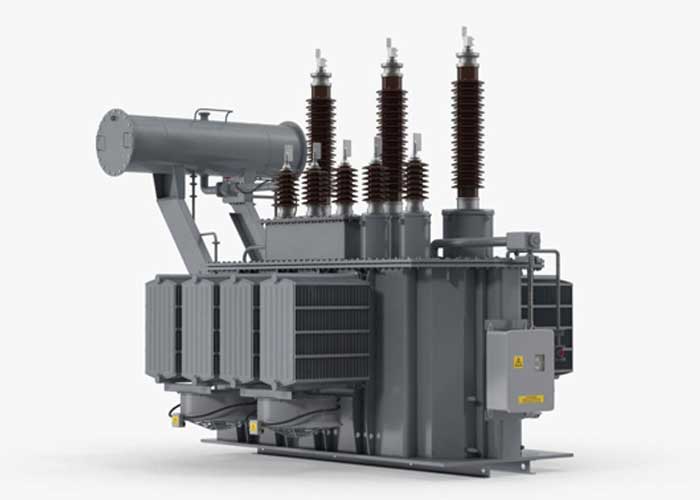Paying attention to the fact that many power transformers in the world have a lifespan between 30 and 40 years, so the possibility of causing errors and being out of circuit increases. This will lead to many problems, including the unplanned withdrawal of the transformer from the network, material damages, and finally the instability of the network. Therefore, this category of assessing the condition and life measurement of power grid equipment, especially power transformers, has received much attention.
In evaluating the condition and life measurement of transformers according to various oil, electric and modern tests and with the analysis performed on the results of these tests, the real life of the transformer can be obtained compared to its rated life and practical solutions for optimal use. of the transformer and as a result increase its lifespan.
Transformer oil has the ability to dissolve, causing destruction and moisture and gas caused by the destruction of cellulose insulation, and whenever the amount of moisture and gases in the oil exceeds the normal limit, these cases indicate a defect in the transformer and in atmospheric conditions. There is a loss of power such as lightning, cooling device failure, etc. in the transformer. Over time, the weather conditions cause the transformer to deteriorate and external incidents such as short circuit, lightning strikes, and internal incidents cause the transformer to lose its physical and insulating properties and become so-called old. As the transformer ages, over time, serious damages such as overheating and... are imposed on the transformer.
Among these techniques, dissolved gas analysis method has gained global acceptance as a troubleshooting method to detect primary errors. The gases caused by faults in the transformer are produced by the decomposition of transformer oil and solid insulating materials such as paper, pressboard, etc., which are all made of cellulose. In addition to the aging factor in the breakdown of oil and cellulose insulation, the error factor inside the transformer also increases this process. Through the analysis of gases dissolved in the oil, it is possible to find out the presence or absence of defects in the transformer. The interpretation of the results obtained from expert work is not based on the actual accuracy of the device, it depends on the experience and having the knowledge to interpret the gases analyzed in the transformer. Sampling oil without removing the transformer from the circuit is one of the advantages of using oil as a means to evaluate the overall condition of the transformer. More than 30 years have passed since the formulation of standards related to methods based on oil analysis such as gas chromatography and its implementation. These methods can only provide an overview of the transformer's condition. Various tests are performed to diagnose and evaluate the condition of transformers, including oil tests including quality control tests and gas chromatography and electrical tests including measuring the insulation resistance of coils, measuring ohmic resistance and conversion ratio. There is another category of tests which are called modern tests. These tests include partial discharge measurement (PD), polarization and depolarization current measurement (PDC), and frequency response measurement (FRA).


